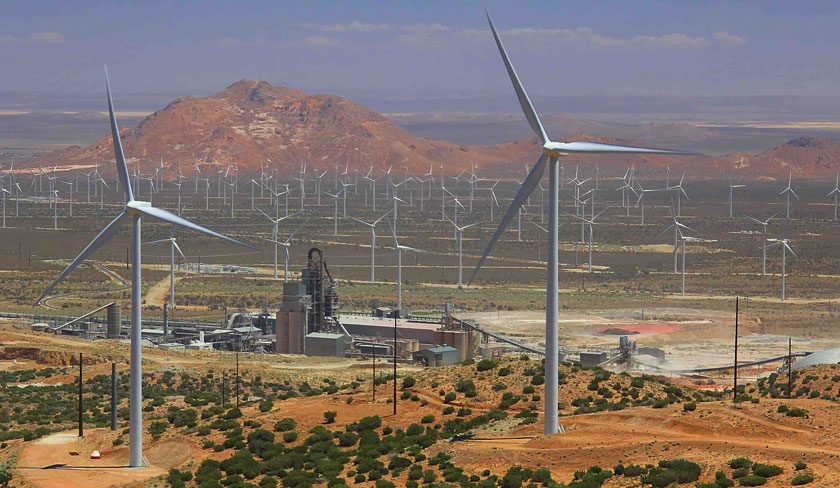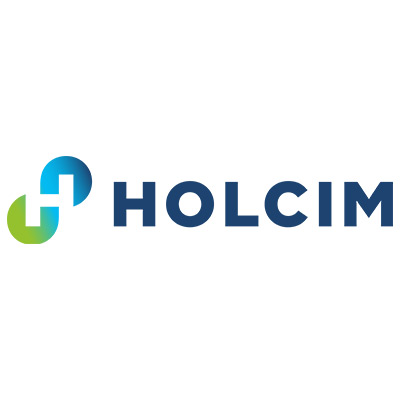HeidelbergCement’s revenue rose 4 percent on a comparable basis in the third quarter of 2017. The result from current operations before depreciation and amortization improved by 5 percent. After depreciation and amortization, the result from current operations grew by 7 percent. Besides the growth in sales volumes and price increases in important core markets, the realization of synergies in particular and an efficient cost management also made a contribution to the positive results.
“As expected, the positive trend reversal in May led to a significantly improved development of results in the third quarter,” said Chairman of the Managing Board Dr. Bernd Scheifele. “North America, Australia, Morocco, India as well as Northern and Eastern Europe have developed very strongly. The countries of Southern Europe are showing clear signs of recovery, and the emerging countries have passed their lowest point. We have succeeded in reducing the rise in energy costs through the flexible use of various fuels. Synergies from the acquisition of Italcementi have already significantly exceeded the target for 2017. Furthermore, the refinancing of our maturities on favorable terms has made a clear impact on both result and cash flow. All in all, we have substantially increased the Group share of profit for the period and earnings per share. In this way, we clearly show that we are able to create value for our shareholders from the Italcementi takeover.”
During the third quarter, the group’s cement and clinker sales volumes grew by 2 percent to 33.7 million tons (previous year: 33.2). The strongest growth was achieved in the Asia-Pacific Group area, followed by Africa-Eastern Mediterranean Basin and Western and Southern Europe.
Deliveries of aggregates rose by 8 percent to 86.7 million tons (previous year: 80.3). Higher sales volumes in all group areas, excluding Western and Southern Europe, and particularly the consolidation of the Mibau Group in Northern Europe contributed to this increase, as did the Pacific Northwest Materials Business taken over from Cemex in the United States.
Deliveries of ready-mixed concrete fell by 0.5 percent to 12.4 million cu. meters (previous year: 12.5). Asphalt sales volumes grew by 3 percent to 3.2 million tons (previous year: 3.1).
In the first nine months of the year, cement and clinker sales volumes rose by 29 percent to 94.4 million tons (previous year: 73.0) owing to the consolidation of Italcementi. Deliveries of aggregates climbed by 15 percent to 229.0 million tons (previous year: 198.7) and deliveries of ready-mixed concrete also rose by 15 percent to 35.0 million cu. meters (previous year: 30.4). Asphalt sales volumes grew slightly to 7.1 million tons (previous year: 7.1).
“The result for the third quarter confirms our expectations for the full year,” said Scheifele. “From a strategic perspective, we will maintain our focus on concluding the integration of Italcementi and reducing net debt through disciplined cash flow management and the sale of non-core assets. Our declared aim remains to achieve a long-term investment grade rating. We will focus our investments on projects that strengthen our market position and offer synergy potential. In operational terms, we will continue to concentrate on these five areas: an increase in customer satisfaction, high operating leverage, cost leadership, vertical integration, and optimized geographical positioning. As a result, we will increase our efficiency and the satisfaction level of our customers, especially in the world’s rapidly growing metropolitan areas. We will continue to drive forward our global programs to optimize costs and processes as well as focus more strongly on the potential presented by the digitization of our value chain.
“While the overall outlook for the global economy is positive, substantial macroeconomic and particularly geopolitical risks continue to exist at the same time,” continued Scheifele. “HeidelbergCement will benefit from the good and stable economic development in the industrial countries, above all in the United States, Canada, Europe and Australia. These countries generate more than 60 percent of our revenue. With the acquisition of Italcementi and its rapid integration, we have impressively demonstrated our tremendous business potential and strong momentum. From a global perspective, we are well positioned to achieve our strategic goals – continuous growth and sustainable value enhancement for our shareholders.”



